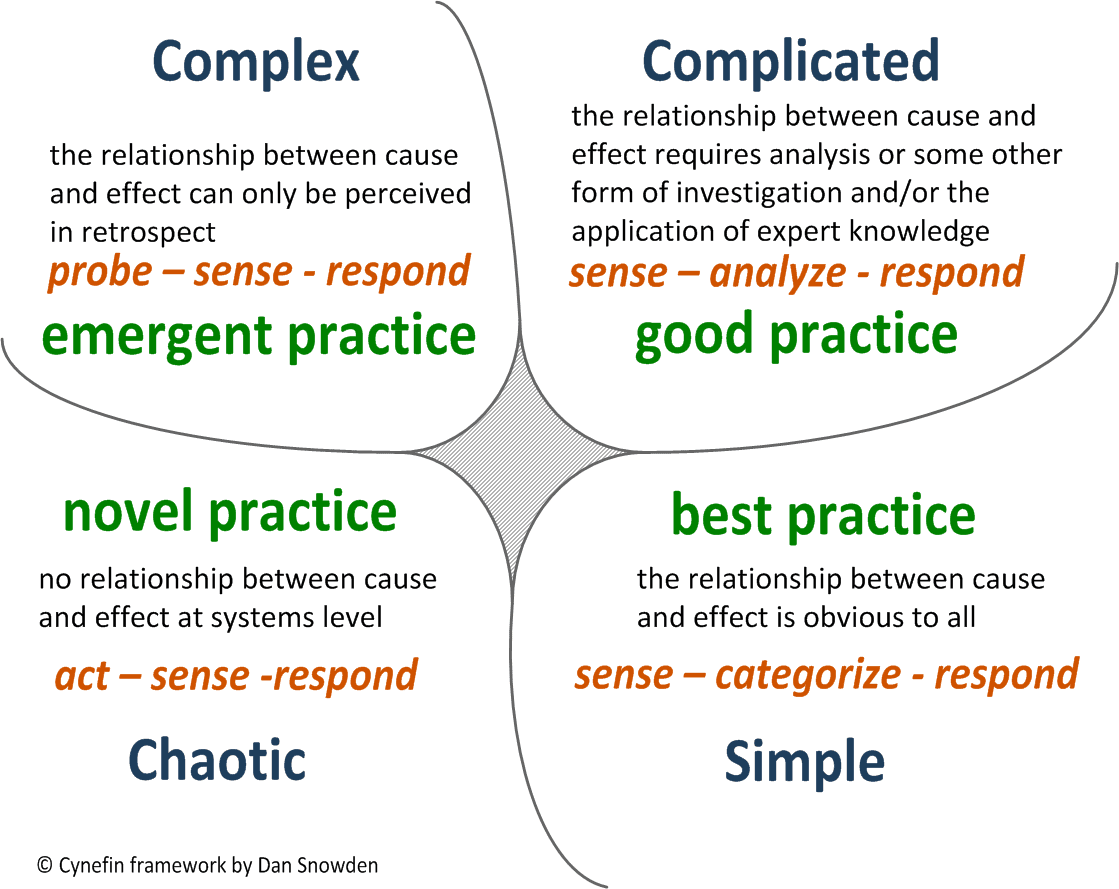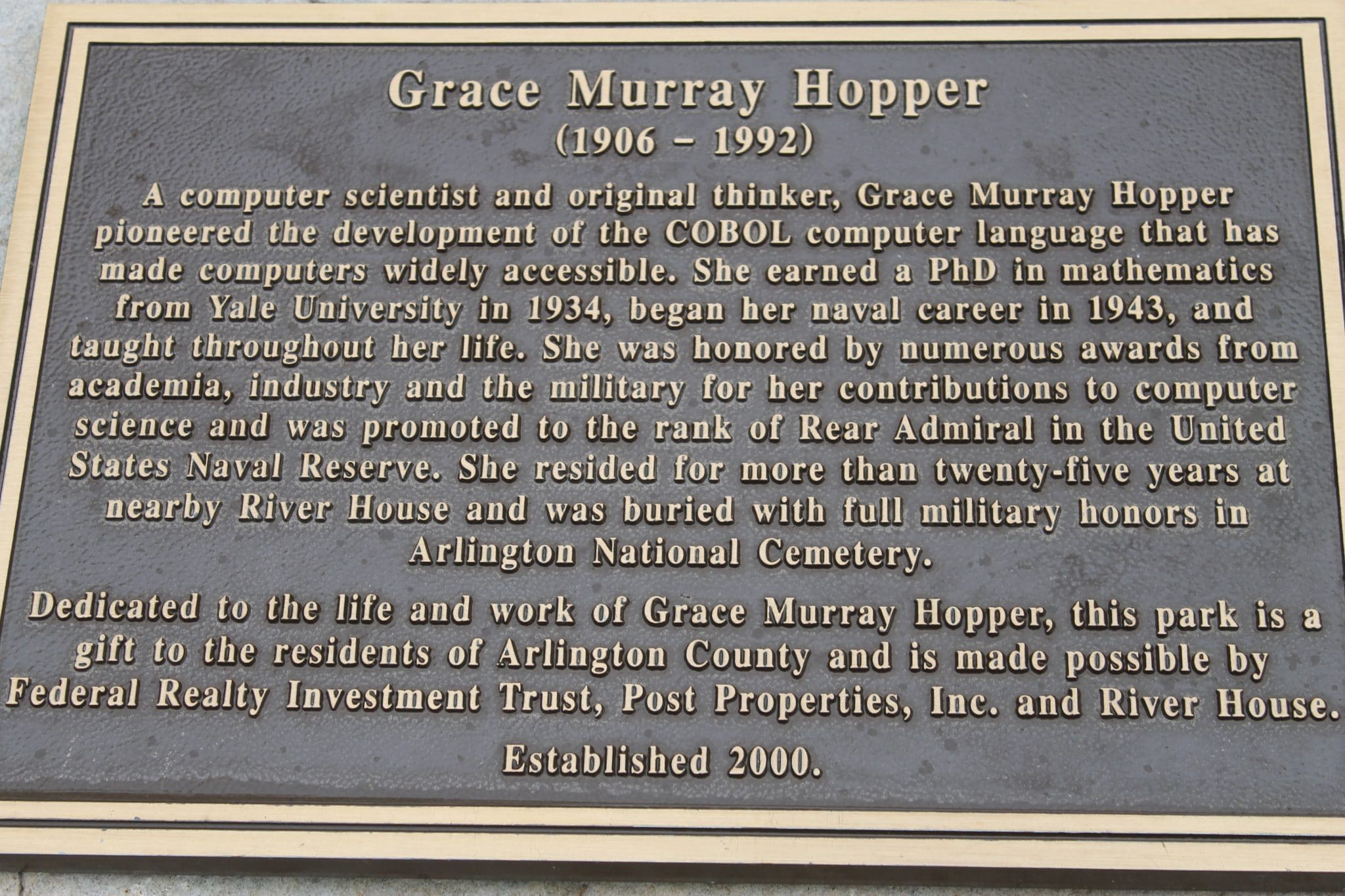Many years ago, I got suckered into doing real work.
A friend asked me to help him move into a new home . . . argh!
I was not the only one invited to help.
There were five of us gathered together to help our friend, our ‘host’ of sorts, move heavy furniture and boxes from a moving van into the home.
Soon, it became clear that our efforts needed coordination to get the right furniture and boxes into the right rooms and in the right order.
In other words, management was required.
Of course, our ‘host’ fulfilled that need.
He grabbed a clipboard and began issuing directions.
Not much time passed before one of us inquired, “Hey, why aren’t you doing any work!?” to which he incredulously responded, “Management is work!”
Introducing Grace Murray Hopper
One of the U.S. Navy’s modern heroes is the late Rear Admiral Grace Hopper, USN (1906-1992), a pioneer of the digital age.
Famous for identifying the now ubiquitous ‘computer bug,’ Admiral Hopper possessed both intellectual and emotional genius.
She was not only a great manager but a great leader.
She is often quoted.
But, of all her recorded wisdom, I’ve always been compelled to better understand her clear division between management and Leadership.
You manage things, you lead people,” she said.
It’s a simple rule that I’ve striven to obey throughout my military and civilian careers.
It is easy to take Admiral Hopper’s advice and equate it with an old classification that categorized management as a science and leadership is an art.
I’ve always found such an oversimplification unsatisfying.
By studying the science of complex systems I have come to understand just why the art versus science categorization fails to offer any useful guidance while Admiral Hopper’s does.
The key to understanding the difference comes down to understanding the difference between two ideas, complicated and complex.
To help understand the chasm of difference between complicated and complex consider an ingenious decision-making matrix developed by David Snowden called cynefin.
Derived from a welsh term roughly translated as habitat, cynefin is a simple quadrant of 4 ideas – simple, complicated, complex, and chaotic.
On the right side of the quadrant lie simple and complicated.
Simple things are simply that.
If, when moving my friend, our only task was to unload all of his boxes and furniture into his garage we would have been faced with a simple task.

No management would be needed and there is no highly organized outcome – just a bunch of stuff piled in his garage.
But, because his belongings had to be distributed into the right rooms and staged in a way that didn’t interfere with the unpacking and placement of his many things, management was required.
There are many possible ways of organizing such work to produce a variety of acceptable outcomes.
Variety of approach and outcome is a good sign that you are dealing with a complicated and not a simple problem.
There may be many ways to solve the problem and reasonable people may disagree on the best approach.
However, for both simple and complicated challenges, outcomes are predictable.
The Cynefin Framework

On the left side of the cynefin matrix lie complex and chaotic things.
This is where things get much more interesting.
Cause and effect relationships are no longer predictable.
So, if the five people helping a friend move are just things, then the work required to carry out the task is simple labour plus the analysis and organizational work performed by the manager.
But, you’ve probably already imagined yourself in such a scenario and wondered what might happen.
You rightly acknowledged that complex emotions and relationships were involved and that the outcome was potentially volatile.
Would we do what our friend asked while he managed us or would we refuse and walk away?
Perhaps we would revolt against his apparent laziness and . . . oh let’s say set up the downstairs water-bed in the upstairs bedroom and fill it to the bursting point with water (yes, it took extra work but it was worth it).
The lesson is simple, treat people as things and you risk unwanted outcomes. But treat them as people and, although outcomes may still be unpredictable, you will have a greater chance of getting to the outcome desired.
So, the point is simple. Leadership requires both the science and sound problem-solving skills of management and the art and science of leadership.
And, to be sure, there is a growing body of science to help leaders better understand the complex systems that each individual human is and the greater complexity those individual humans create when working together as teams and organizations.
Leadership is both art and science, and that makes it harder to practice than management.
But, it is possible to codify some of the science of leadership into processes and techniques that greatly improve the reproducibility and predictability of outcomes.
What’s more is that, because processes and techniques can be explained and executed simply, anyone, even inexperienced leaders, can use them.
My passion for the Flawless Execution (or FLEX) methodology is based on this basic realization that simple processes can improve basic leadership skills to generate better outcomes and solve complex problems.
And, the best part – it treats people as people and not as things.
Thank you, Admiral Hopper!





.jpg)

